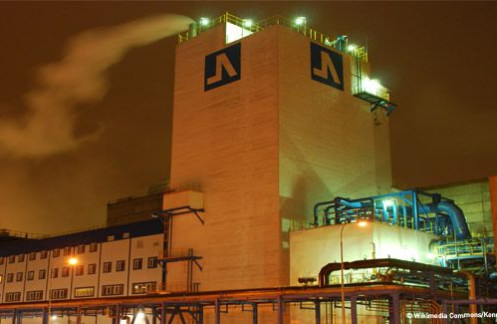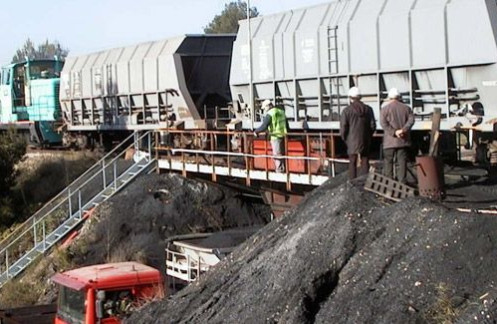We now have a measurement tool in place that enables us to cost and compare scenarios. We can very quickly respond to issues of a strategic nature like the impact of closing a site or the acquisition of a new grinding mill. We can also specify the most favorable geographical area for canvassing new customers, or the area offering the best margin in relation to our operations.Joël MARIOTTIVice President Strategic Plan - Essroc
Founded in 1864 in Bergamo, Italy, Italcementi became Italcementi Group following the acquisition of Ciments Français in 1992. Today, the Group is Europe’s number one cement producer and a world leader. Its world revenues for 2000 totaled 3.8 billion euros. Italcementi operates in Europe, North America and Asia, and counts over 50 cement plants, 150 quarries and 500 ready-mix plants.
In brief, the activity of a cement plant includes :
- the production of clinker – the base material of cement
- the production of the cement which is obtained after grinding and adding various components.
- The last phase is bagging, then shipment .
As for any company for which the cost of logistics represents a significant share of the cost of the end-product, optimizing the production and distribution plan represents significant economic stakes for any cement company. Variable production costs and internal logistical costs can represent up to 40% of the sales price. As early as 1980, the Management of Ciments Français used a model to optimize the Group’s supply chain which then comprised 20 plants, 20 distribution centers and over 200 customer supply points in France.
Part of the annual budget preparation involves determining the optimal scheduling of the clinker and cement production of each plant and the best cement distribution scenarios from the plants and centres.
The minimisation of costs, or maximisation of profits, can only be achieved using optimization tools, given the great number and types of constraints. Such a particularly complex problem can be solved using operational research techniques, notably linear programming.
Since this technique had been successfully tested in the oil sector for similar data-intensive problems, the team headed by Joël Mariotti, Strategic Planning Manager, adapted the software to the specific requirements of the cement plants.
Until 1988, the results provided by this software were used to prepare the annual budget and occasionally were used as the foundation for strategic thinking based on “what if” or “what would happen if” scenarios? But the software was used sparingly. It was expensive as it was implemented on a powerful mainframe, was unwieldy to manage and took roughly ten days between data preparation and the provision of results.
In 1988, Eurodecision took over the project and developed a PC-based prototype for Ciments Français that was quickly transformed into an operational system driving production and distribution cost reductions. This was a real innovation as so complex a linear programming problem had never been solved on a PC. The final version of the system is based, for supply chain optimization, on Eurodecision’s business component, SCOP Network Design and Dash Associate’s Xpress-MP solver.
Each simulation is run on the basis of a set of representative data for the scenario examined – on the demand side, the volumes planned at each point per type of product. The composition of the products produced, the production capacity and costs detailed for each kiln and grinding mill, and the shipping capacities and costs must be indicated to simulate production. In terms of logistics, the inter-plant clinker and cement transfer matrix and the matrix of transportation between sites and the customer are indicated. Other constraints are also taken into account. As regards results, in addition to the production and distribution plan, the software provides the financial values, the average or marginal costs (or margins) for each entity and at each phase of the process: cost of products ex-works, ex-depot, delivered.
The system set up makes it possible to very quickly simulate strategic scenarios, up to ten per half day, and provides scenarios for simulating the external growth of the company, such as “what would be the impact of the acquisition of a plant?”. Each time there is a change in the production or distribution system, the best scenario must once again be determined. The system also handles all transport modes: road, train, sea, which allows the impact of a new contract with a forwarder to be evaluated very quickly.
After the acquisition of Ciments Français, a new version of the software was developed under Windows to facilitate is deployment in the Italcementi group. The software is currently used in Italy at the head office, in the international division of Ciments Français in Paris and in several subsidiaries, notably in the United States at Essroc and in Turkey at Set Cemento.






